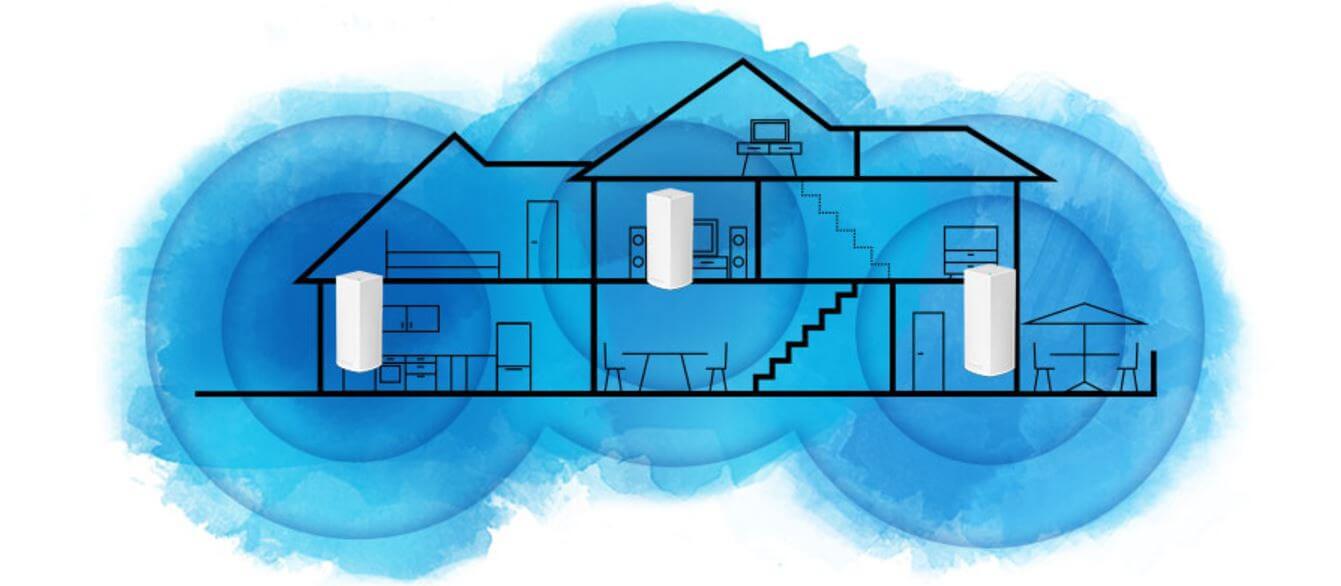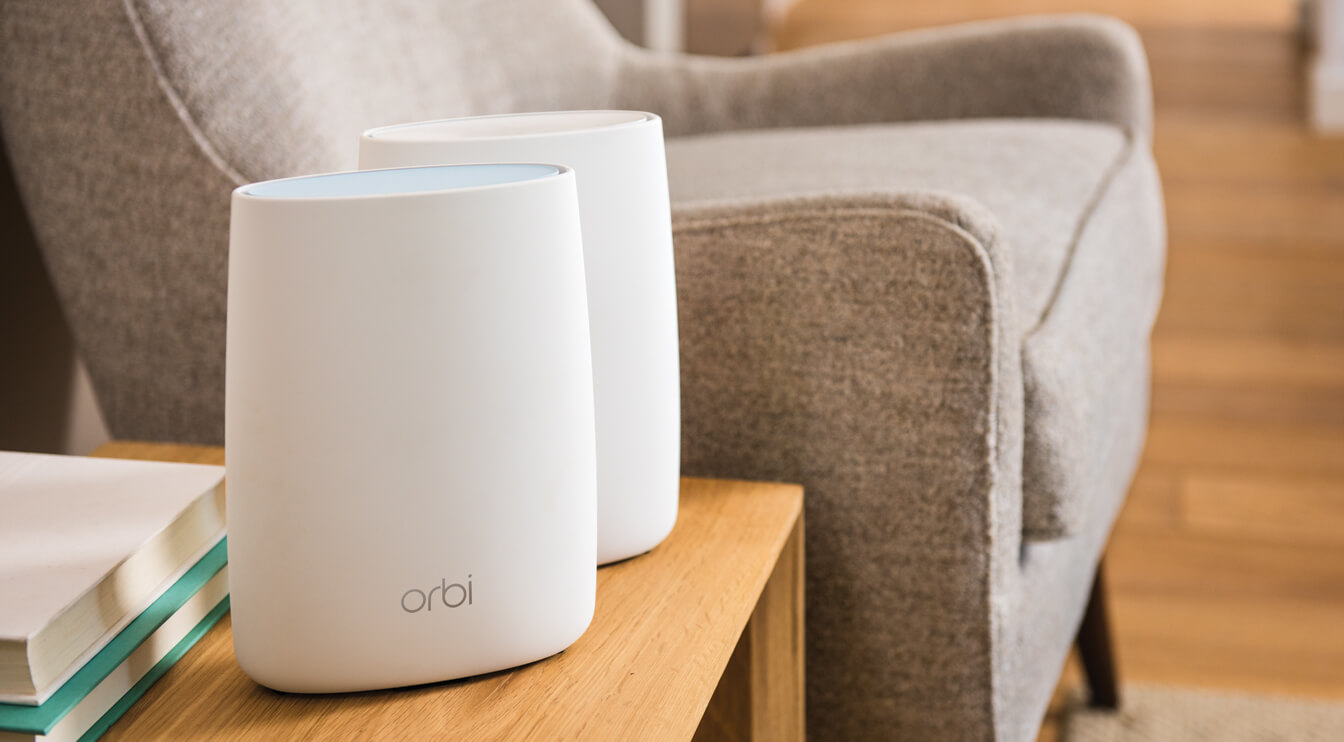
So easy to take for granted, yet impossible to ignore. I’m speaking, of course, of Wi-Fi, the modern lifeblood of virtually all our tech devices. First introduced as a somewhat odd—it’s commonly believed to be short for Wireless Fidelity—marketing term in 1999, the wireless networking technology leverages the 802.11 technical standards—which first appeared in 1997.
Since then, Wi-Fi has morphed and adapted through variations including 802.11b, a, g, n, ac, ad, and soon, ax and ay, among others, and has literally become as essential to all our connected devices as power. Along the way, we’ve become completely reliant on it, placing utility-like demands upon its presence and its performance.
Unfortunately, some of those demands have proven to be ill-placed as Wi-Fi has yet to reach the ubiquity, and certainly not the consistency, of a true utility. As a result, Wi-Fi has become the technology that some love to hate, despite the incredibly vital role it serves. To be fair, no one really hates Wi-Fi—they just hate when it doesn’t work the way they want and expect it to.
Part of the challenge is that our expectations for Wi-Fi continue to increase—not only in terms of availability, but speed, range, number of devices supported, and much more. Thankfully, a number of both component technology and product definition improvements to help bring Wi-Fi closer to the completely reliable and utterly dependable technology we all want it to be have started to appear.
One of the most useful of these for most home users is a technology called Wi-Fi mesh. First popularized by smaller companies like Eero nearly two years ago, then supported by Google in its home routers, Wi-Fi mesh systems have become “the” hot technology for home Wi-Fi networks. Products using the technology are now available from a wide variety of vendors including Netgear, Linksys, TP-Link, D-Link and more. These Wi-Fi mesh systems consist of at least two (and often three) router-like boxes that all connect to one another, boosting the strength of the Wi-Fi signal, and creating more efficient data paths for all your devices to connect to the Internet. Plus, they do so in a manner that’s significantly simpler to set up than range extenders and other devices that attempt to improve in-home Wi-Fi. In fact, most of the new systems configure themselves automatically.
From a performance perspective, the improvements can be dramatic, as I recently learned firsthand. I’ve been living with about a 30 Mbps connection from the upstairs home office where I work down to the Comcast Xfinity home gateway providing my home’s internet connection, even though I’m paying for Comcast’s top-of-the-line package that theoretically offers download speeds of 250 Mbps. After I purchased and installed a three-piece Netgear Orbi system from my local Costco, my connection speed over the new Orbi Wi-Fi network jumped by over 5x to about 160 Mbps—a dramatic improvement, all without changing a single setting on the Comcast box. Plus, I’ve found the connection to be much more solid and not subject to the kinds of random dropouts I would occasionally suffer through with the Xfinity gateway’s built-in Wi-Fi router.
In addition, there were a few surprise benefits to the Netgear system that—though they may not be relevant for everyone—really sealed the deal for me. In another upstairs home office, there’s a desktop PC and an Ethernet-equipped printer, both of which had separate Wi-Fi hardware. The PC used a USB-based Wi-Fi adapter and the printer had a Wi-Fi-to-Ethernet adapter. Each of the “satellite” routers in the Orbi system have four Ethernet ports supporting up to Gigabit speeds, allowing me to ditch those flaky Wi-Fi adapters and plug both the PC and printer into a rock-solid, fast Ethernet connection on the Orbi. What a difference that made as well.

The technology used in the Netgear Orbi line is called a tri-band Wi-Fi system because it leverages three simultaneously functioning 802.11 radios, one of which supports 802.11b/g/n at 2.4 GHz for dedicated connections with older Wi-Fi devices, and two of which support 802.11a/n/ac at 5GHz. One of the 802.11ac-capable radios handles connection with new devices, and the other is used to connect with the other satellite routers and create the mesh network. The system also uses critical technologies like MU-MIMO (Multi-User, Multiple Input, Multiple Output) for leveraging several antennas, and data compression methods like 256 QAM (Quadrature Amplitude Modulation) to improve data throughput speeds.
Looking ahead in Wi-Fi technology from a component perspective, we’ve started to see the introduction of pre-standard silicon for the forthcoming 802.11ax standard, which offers some nominal speed improvements over existing 802.11ac, but is more clearly targeted at improving Wi-Fi reliability in dense environments, such as large events, tradeshows, meetings, etc. There’s also been some discussion about 802.11ay, which is expected to operate in the 60 GHz band for high speeds over short distances, similar to the current 802.11ad (formerly called WiGig) standard.
As with previous generations of Wi-Fi, there will be chips from companies like Qualcomm that implement a pre-finalized version of 802.11ax for those who are eager to try the technology out, but compatibility could be limited, and it’s not entirely clear yet if devices that deploy them will be upgradable when the final spec does get released sometime in 2019.
The bottom line for all these technology and component improvements is that even at the dawn of the 5G age, Wi-Fi is well positioned for a long, healthy future. Plus, even better, these advancements are helping the standard make strong progress toward the kind of true utility-like reliability and ubiquity for which we all long.
Bob O’Donnell is the founder and chief analyst of TECHnalysis Research, LLC a technology consulting and market research firm. You can follow him on Twitter @bobodtech. This article was originally published on Tech.pinions.